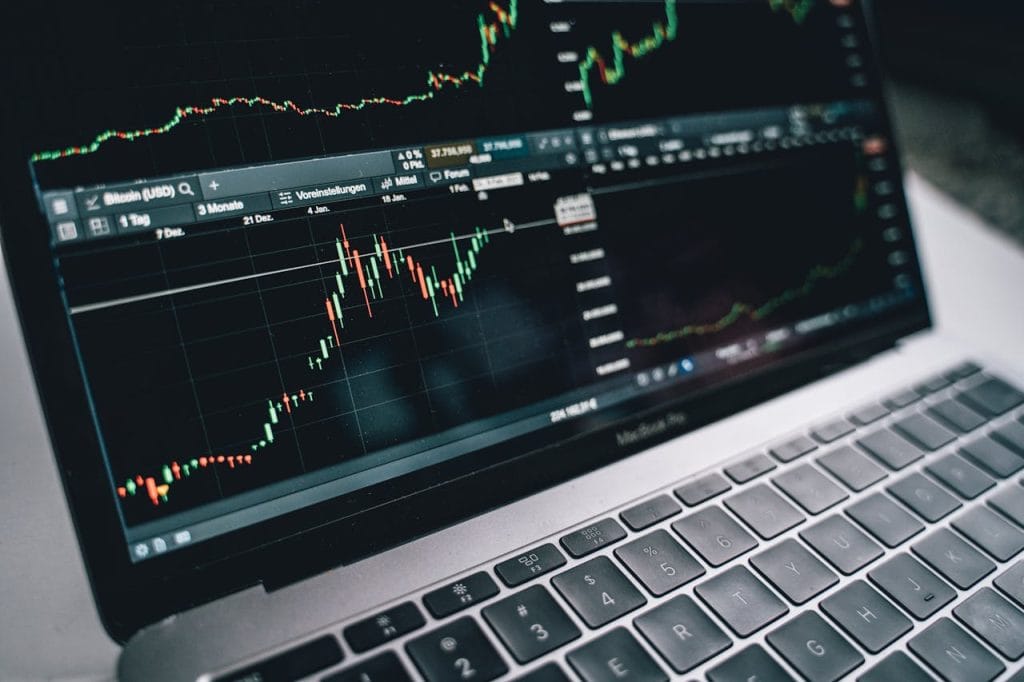Navigating the complex world of financial trading can be challenging, particularly when it comes to selecting the right trading platform. For traders in the Middle East, this decision is crucial to ensure that their trading activities are efficient, secure, and profitable. With numerous options available, choosing the best trading platform requires careful consideration of various factors. This blog post will guide you through the essential criteria to consider when selecting a trading platform in the Middle East.
Understanding Your Trading Needs
Before diving into the specifics of trading platforms, it’s essential to understand your trading needs. Are you a beginner looking for a user-friendly interface, or an experienced trader in need of advanced features? Identifying your trading style and goals will help narrow down the platforms that best suit your needs.
1. Type of Trader
- Beginners: Look for platforms with educational resources, demo accounts, and a straightforward interface.
- Experienced Traders: Opt for platforms that offer advanced charting tools, real-time data, and customization options.
2. Trading Instruments
Consider the types of instruments you plan to trade. Whether it’s forex, commodities, stocks, or cryptocurrencies, ensure the platform supports your preferred asset classes. Some platforms specialize in specific markets, while others offer a broad range of instruments.
Security and Regulation
Security is a paramount concern when selecting a trading platform. Ensuring that your funds and personal information are safe should be a top priority.
1. Regulatory Compliance
Choose a platform that is regulated by reputable financial authorities. In the Middle East, look for brokers regulated by entities such as the Central Bank of the UAE, the Qatar Financial Centre Regulatory Authority, or the Saudi Arabian Monetary Authority. Regulation ensures that the platform adheres to strict standards, providing an added layer of security.
2. Security Measures
Check for security features such as two-factor authentication (2FA), encryption protocols, and secure socket layer (SSL) certificates. These measures protect your account from unauthorized access and cyber threats.
User Experience and Interface
A user-friendly interface can significantly impact your trading efficiency. The best trading platforms are intuitive, easy to navigate, and provide a seamless trading experience.
1. Platform Accessibility
Ensure the platform is accessible across various devices, including desktops, smartphones, and tablets. Mobile compatibility is crucial for traders who need to manage their accounts on the go.
2. Customization and Tools
Look for platforms that offer customization options, allowing you to tailor the interface to your preferences. Advanced charting tools, technical indicators, and real-time data are essential features for effective trading.
Customer Support
Reliable customer support is vital, especially when you encounter technical issues or need assistance with your account. Evaluate the quality and availability of customer support offered by the platform.
1. Availability
Check if customer support is available 24/7, particularly during trading hours. This ensures you can get help whenever you need it.
2. Communication Channels
Look for platforms that offer multiple communication channels, such as live chat, email, and phone support. A responsive and knowledgeable support team can make a significant difference in resolving issues promptly.
Fees and Commissions
Trading costs can eat into your profits, so it’s important to consider the fee structure of the platform. Compare the fees and commissions across different platforms to find the most cost-effective option.
1. Spread and Commission
Some platforms charge a spread (the difference between the buy and sell price), while others charge a commission per trade. Determine which fee structure aligns with your trading style.
2. Additional Fees
Be aware of additional fees, such as withdrawal charges, inactivity fees, or fees for using certain tools and services. Understanding the total cost of trading will help you make an informed decision.
Trading Platform Features
The features offered by a trading platform can greatly enhance your trading experience. Here are some key features to look for:
1. Order Types
Ensure the platform supports various order types, including market orders, limit orders, stop-loss orders, and take-profit orders. These order types allow for more precise trading strategies.
2. Research and Analysis Tools
Access to market research, news feeds, and analysis tools can provide valuable insights and help you make informed trading decisions. Some platforms offer integrated research tools, while others provide access to third-party research.
3. Automated Trading
For traders interested in algorithmic trading, look for platforms that support automated trading strategies. This feature allows you to set predefined criteria for trades, reducing the need for constant monitoring.
Educational Resources
Educational resources are particularly important for beginner traders looking to improve their skills and knowledge.
1. Tutorials and Webinars
Look for platforms that offer tutorials, webinars, and video guides. These resources can help you understand the platform’s features and learn trading strategies.
2. Demo Accounts
A demo account allows you to practice trading with virtual money, helping you gain experience without risking real capital. It’s an invaluable tool for both beginners and experienced traders testing new strategies.
Reputation and Reviews
Finally, consider the reputation of the trading platform. Reading reviews and testimonials from other traders can provide insights into the platform’s reliability and performance.
1. Online Reviews
Browse online forums, review sites, and social media to read about other traders’ experiences with the platform. Pay attention to common complaints and praises to get a balanced view.
2. Awards and Recognition
Check if the platform has received any industry awards or recognition. Awards can indicate a high level of service and performance.
Conclusion
Choosing the best trading platform in the Middle East involves careful consideration of various factors, including security, user experience, customer support, fees, features, and educational resources. By taking the time to evaluate these criteria, you can select a platform that not only meets your trading needs but also enhances your overall trading experience.
Remember, the best trading platform is one that aligns with your trading style, provides robust security, and offers comprehensive support and resources. With the right platform, you can confidently navigate the financial markets and achieve your trading goals.
